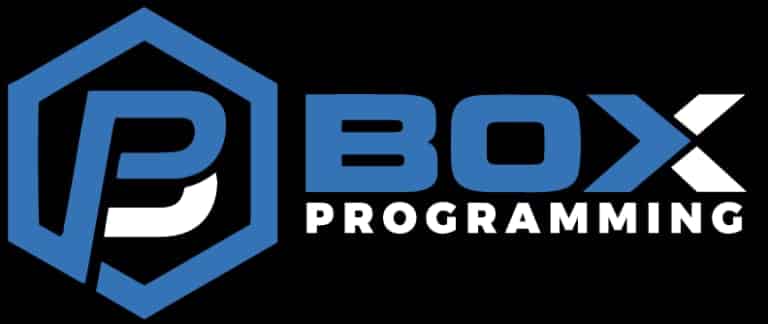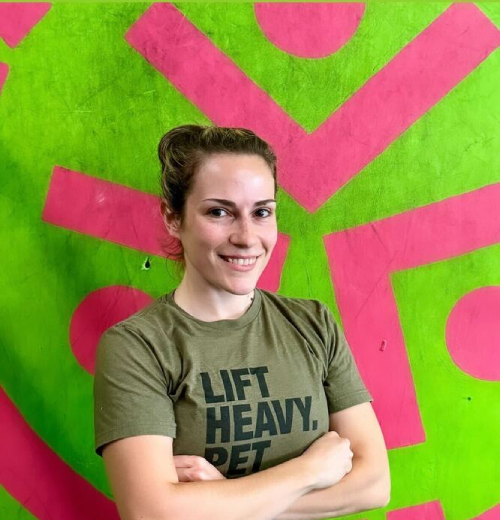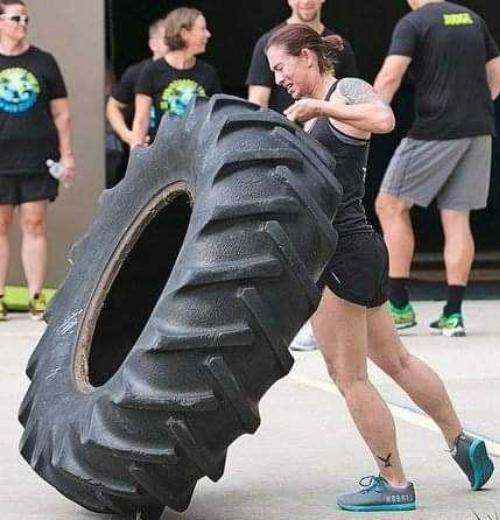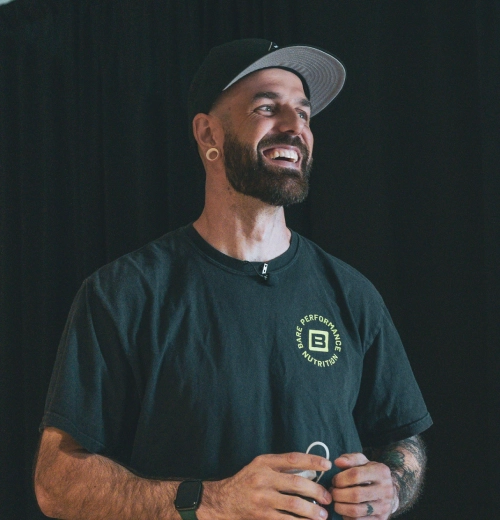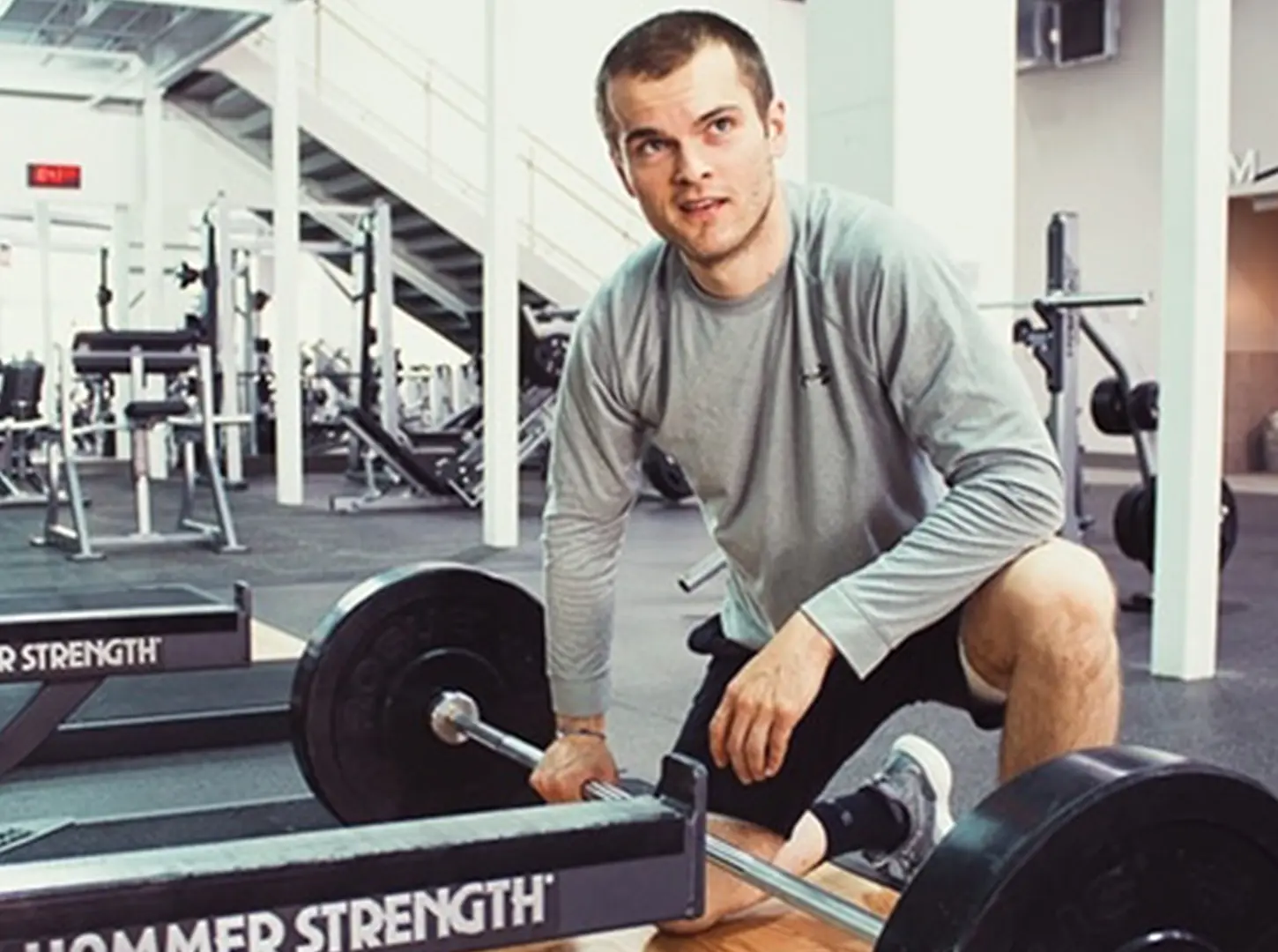The science, and art, of bracing! When it comes to weightlifting, one of the most critical errors we see on a regular basis is a lack of bracing in the set-up. Bracing is also called a Valsalva manuever by some of us nerdier weightlifters and coaches. You’ve probably heard coach Raf wax poetic about core control once or twice. This is why! It’s important stuff.
Every lift—be it a squat, deadlift, clean and jerk or a snatch—like every golf swing or a basketball free throw, for that matter, should have it’s own set up and routine to ensure you’re stable and ready to perform to the best of your ability, and not get hurt. The same routine should be followed even with light weights to ingrain the habit into your mind.
Before I go any further, let’s talk about what it means to brace and why it’s important for lifting: Bracing essentially means engaging the entirety of your core to create stiffness. In this Breaking Muscle article, weightlifting coach Will Fleming explains more:
“The core has two functions: The first is redistribution, as in redistribution of tension. Think of this R like a suspension bridge. The cables themselves are not tight to begin with, but they can support the weight of the bridge below through a redistribution of tension, like in a plank. The second R is redirection, as in the redirection of force. Power that is created in the lower body can only be moved along the kinetic chain through a core that is tight”.
For our purposes, what you need to know is your core needs to be tight as you lift in order to maximize your output, and to avoid injury.
One easy way to ensure you’re tight and ready to go during your set-up is to break the process into smaller pieces in your mind, essentially creating a check list, before you start your lift.
Something like this:
• Squeeze your butt cheeks together
• Pull your rib cage down
• Breathe into your stomach
• Tighten your stomach like you’re preparing for a knockout blow
One great example of someone who lifts the same way every time, and who is always tight, tight, tight is CrossFit Games athlete Lucas Parker. Check out this training compilation video of Parker).
In short, he does a wonderful job of meticulously ensuring every time he steps up to the bar he is in his most ideal position possible. Even when he fails, he is still braced and in control. This also reduces his chance of injury.
How do you know if you’re not bracing properly while lifting, and just in life?
Three signs include:
• You have bad posture
• You suffer from lower back pain
• You tend to extend your spine when you lift
• Injury!
If you think this is you and you need some help figuring out this bracing stuff, talk to your coach.




